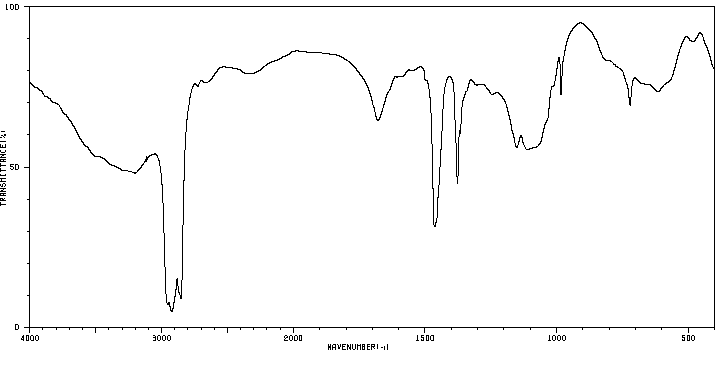毒理性
哺乳期间使用总结:静脉注射镁仅略微增加乳汁中镁的浓度,婴儿对镁的口服吸收不良,因此母亲接受镁治疗预计不会影响哺乳婴儿的血清镁。尽管在分娩前给予的静脉注射硫酸镁可能会影响婴儿的哺乳能力,但哺乳的意愿可能是决定开始哺乳的更重要因素。产后使用静脉注射硫酸镁超过6小时似乎会延迟乳汁的产生。然而,患有更严重的前置胎盘的妇女更有可能接受硫酸镁输注,因此疾病的严重程度也可能在决定哺乳意愿方面发挥作用。
对哺乳婴儿的影响:截至修订日期,未找到相关已发布信息。
对泌乳和母乳的影响:一位因妊娠诱发高血压而接受3天静脉注射硫酸镁的母亲,泌乳II期延迟到产后第10天。尽管没有找到延迟的其他具体原因,但并未进行完整的检查。随后的对照临床试验发现,接受静脉注射硫酸镁治疗的母亲中并未有延迟泌乳的证据。一些(但并非全部)研究发现,由于胎盘将镁传递给胎儿,接受静脉注射硫酸镁的母亲的婴儿在第一次喂养的时间增加或吸吮减少的趋势。另一项研究发现,在接受静脉注射硫酸镁治疗一天以内并打算哺乳的严重前置胎盘妇女中,接受常规新生儿护理的婴儿中有85%,在NICU入院的婴儿中有69%成功开始哺乳。
一项研究随机分配患有前置胎盘的妇女在产后接受6小时或24小时的静脉注射硫酸镁。两组之间子痫的发病率没有差异。然而,接受输注24小时的组乳汁产生延迟,36.5小时与6小时组的25.7小时相比。
在9家拉丁美洲产科医院进行的一项前瞻性、多中心、随机、对照临床试验中,比较了至少接受8克硫酸镁的严重前置胎盘患者与安慰剂组。患者被随机分配继续接受24小时硫酸镁治疗(n = 555)或停止输注(n = 558)。在接受硫酸镁治疗的产后患者中,乳汁产生的时间显著延迟(24.1 vs. 17.1小时)。
◉ Summary of Use during Lactation:Intravenous magnesium increases milk magnesium concentrations only slightly and oral absorption of magnesium by the infant is poor, so maternal magnesium therapy is not expected to affect the breastfed infant's serum magnesium. Although intravenous magnesium sulfate given prior to delivery might affect the infant's ability to breastfeed, intention to breastfeed may be a more important determinant of breastfeeding initiation. Postpartum use of intravenous magnesium sulfate for longer than 6 hours appears to delay the onset of lactation. However, women with more severe pre-eclampsia are more likely to receive magnesium sulfate infusions, so disease severity may also play a part in determining the intention to breastfeed.
◉ Effects in Breastfed Infants:Relevant published information was not found as of the revision date.
◉ Effects on Lactation and Breastmilk:One mother who received intravenous magnesium sulfate for 3 days for pregnancy-induced hypertension had lactogenesis II delayed until day 10 postpartum. No other specific cause was found for the delay, although a complete work-up was not done. A subsequent controlled clinical trial found no evidence of delayed lactation in mothers who received intravenous magnesium sulfate therapy. Some, but not all, studies have found a trend toward increased time to the first feeding or decreased sucking in infants of mothers treated with intravenous magnesium sulfate during labor because of placental transfer of magnesium to the fetus. Another study found that among women with severe pre-eclampsia who received intravenous magnesium sulfate for up to one day postpartum and who intended to breastfeed, 85% of infants receiving routine well-baby care and 69% of those admitted to the NICU, breastfeeding was successfully initiated.
A study randomized women with preeclampsia to receive intravenous magnesium sulfate for either 6 or 24 hours postpartum. There was no difference in the rate of eclampsia between the two groups. However, those who received the infusion for 24 hours had a delayed onset of lactation, 36.5 hours compared with 25.7 hours in the 6-hour group.
A prospective, multicenter, randomized, controlled trial in 9 Latin American maternity hospitals compared patients with severe pre-eclampsia who had received at least 8 grams of magnesium sulfate prior to placebo. Patients were randomized to continue magnesium sulfate for 24 hours postpartum (n = 555) or stopping the infusion (n = 558). The time to lactation was significantly delayed in those who received magnesium sulfate postpartum (24.1 vs. 17.1 hours).
来源:Drugs and Lactation Database (LactMed)







